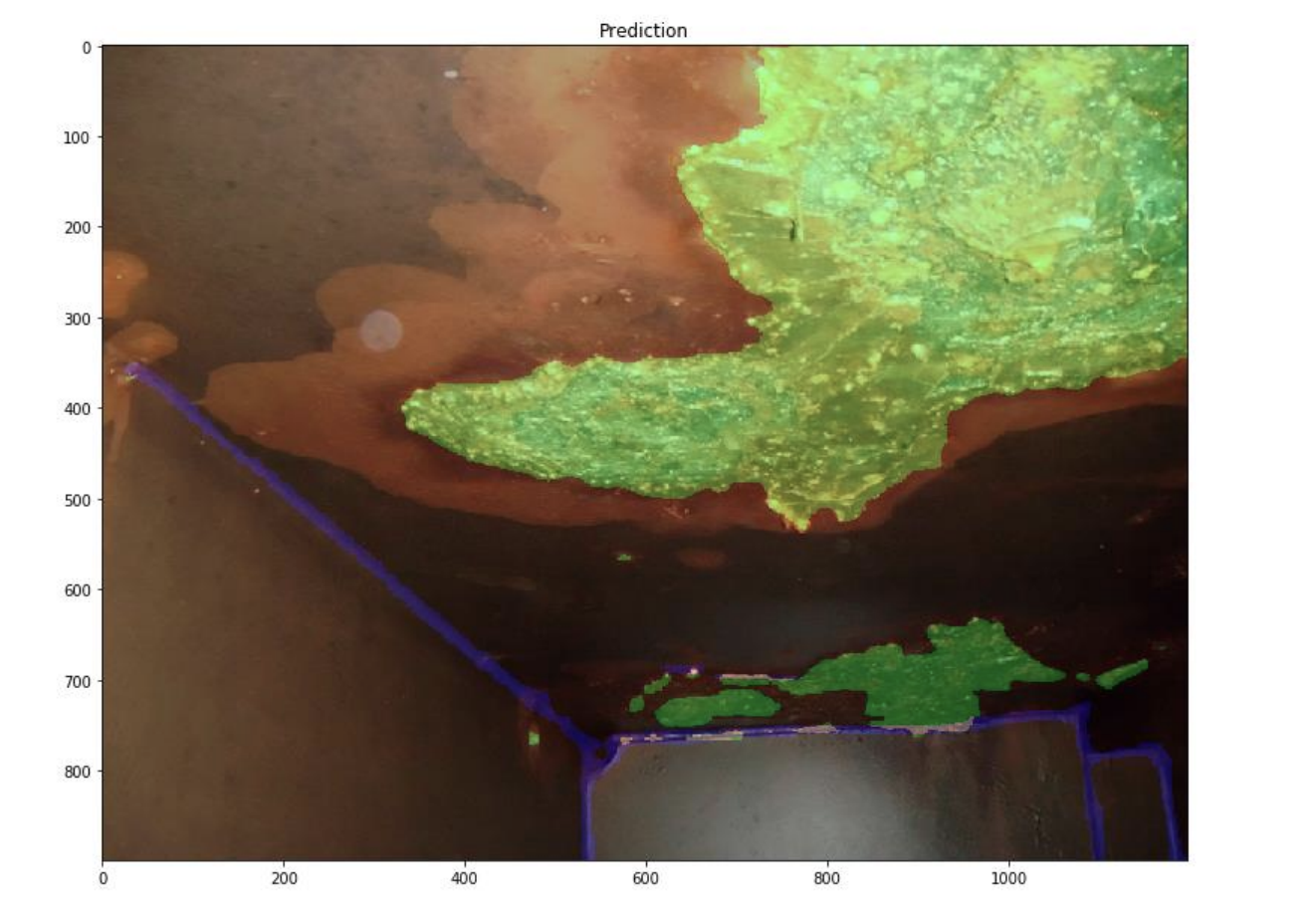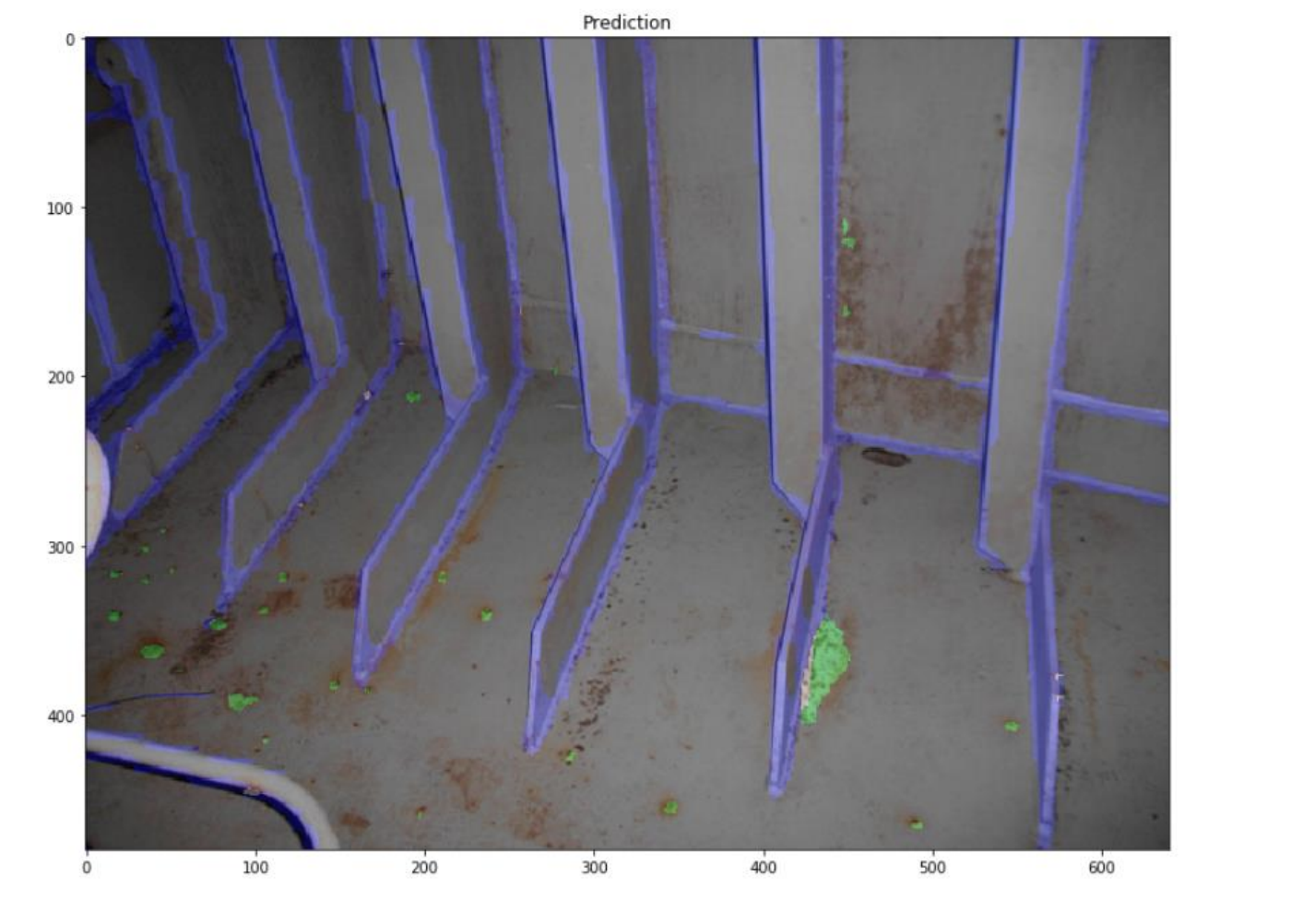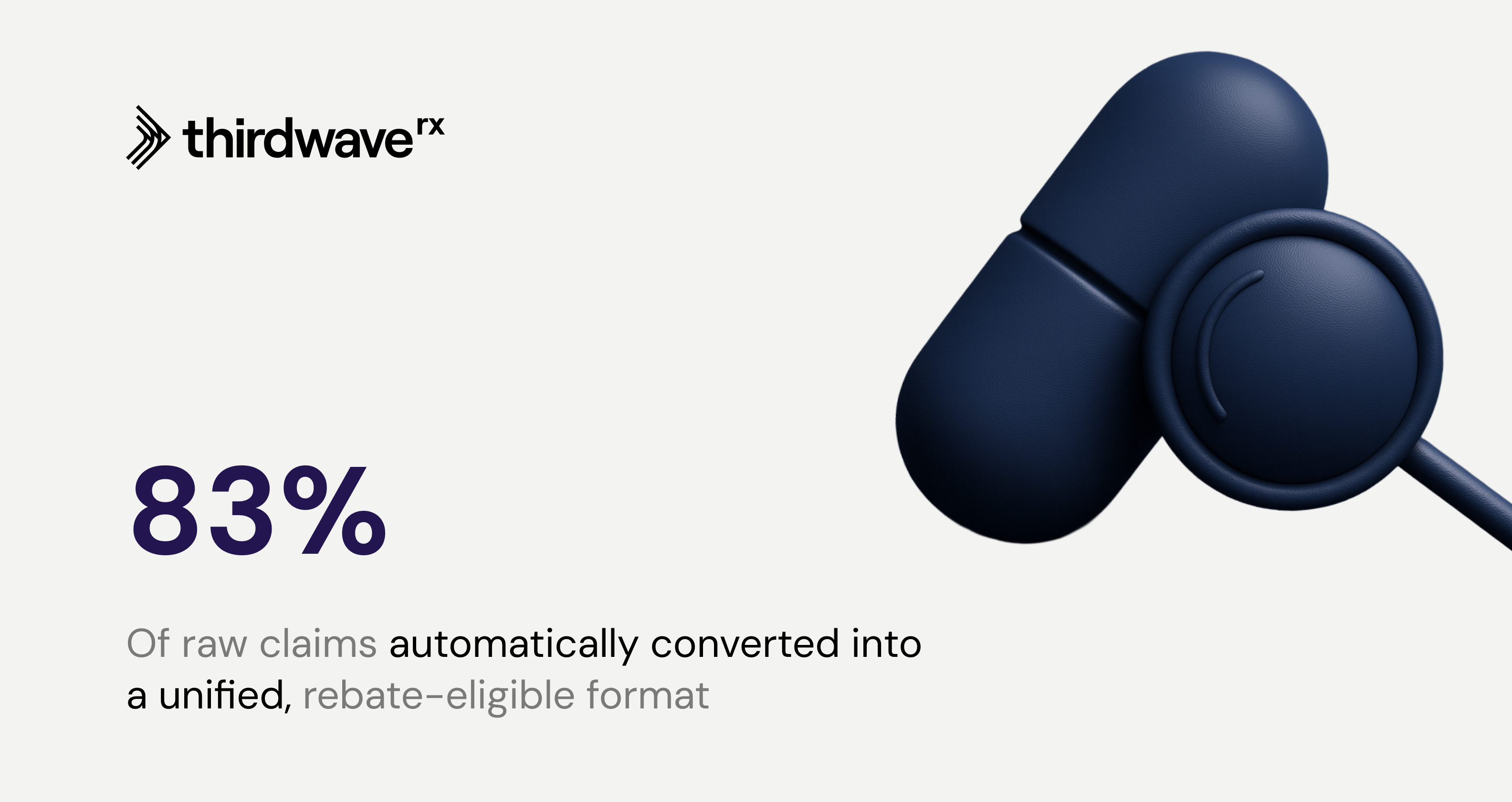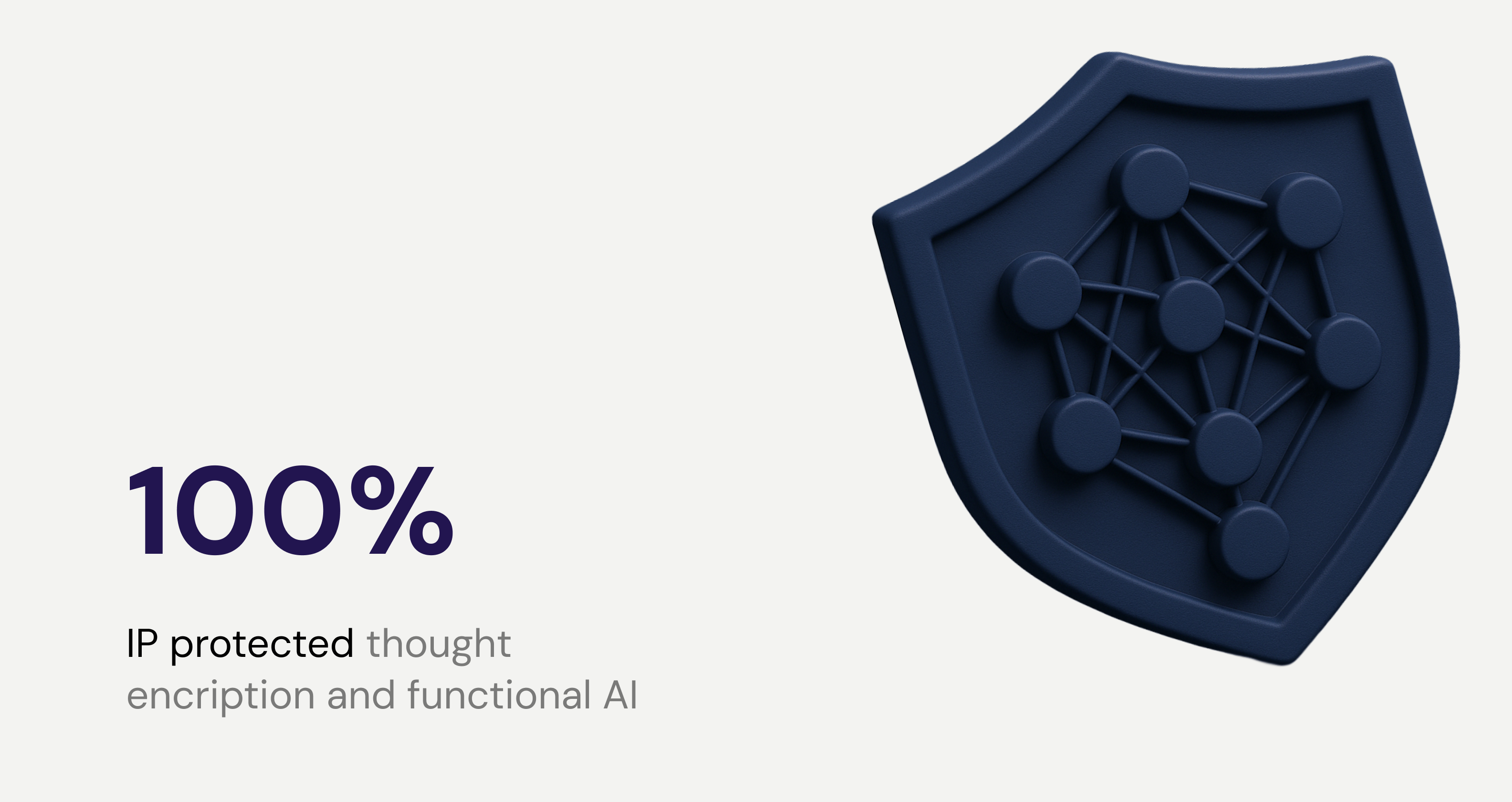- Customer Stories
- /
- Drone-Based Corrosion Monitoring and Analysis System
Drone-Based Corrosion Monitoring and Analysis System
Automated detection of surface rust and coating failures using computer vision and drone data.
Detection accuracy for rust vs. non-rust surfaces
Reduced manual inspection cost
Coverage of hard-to-reach areas via drone automation
Trained on a diverse, real-world dataset, the models were optimized for deployment on autonomous drones and seamlessly integrated into the client’s digital twin platform for real-time, remote inspections.
Energy
Industry
USA
Location
Computer Vision, Machine Learning, Model Development, Data Labeling, MLOps & API Deployment, AI Integration with Digital Twin Systems
Services
$400,000+
Budget
Client required a fully automated solution capable of detecting corrosion on offshore structures, identifying coating failures, weld lines, and structural edges, and assessing the severity of degradation.
See what we can do for youSolution
We developed a high-precision computer vision system that automatically classifies surfaces as corroded or non-corroded, segments coating breakdowns and evaluates rust severity in real time, and accurately detects weld lines and structural edges.
To develop computer vision system that automatically classifies surfaces as corroded or non-corroded, Blackthorn AI applied a production-grade tech stack including:
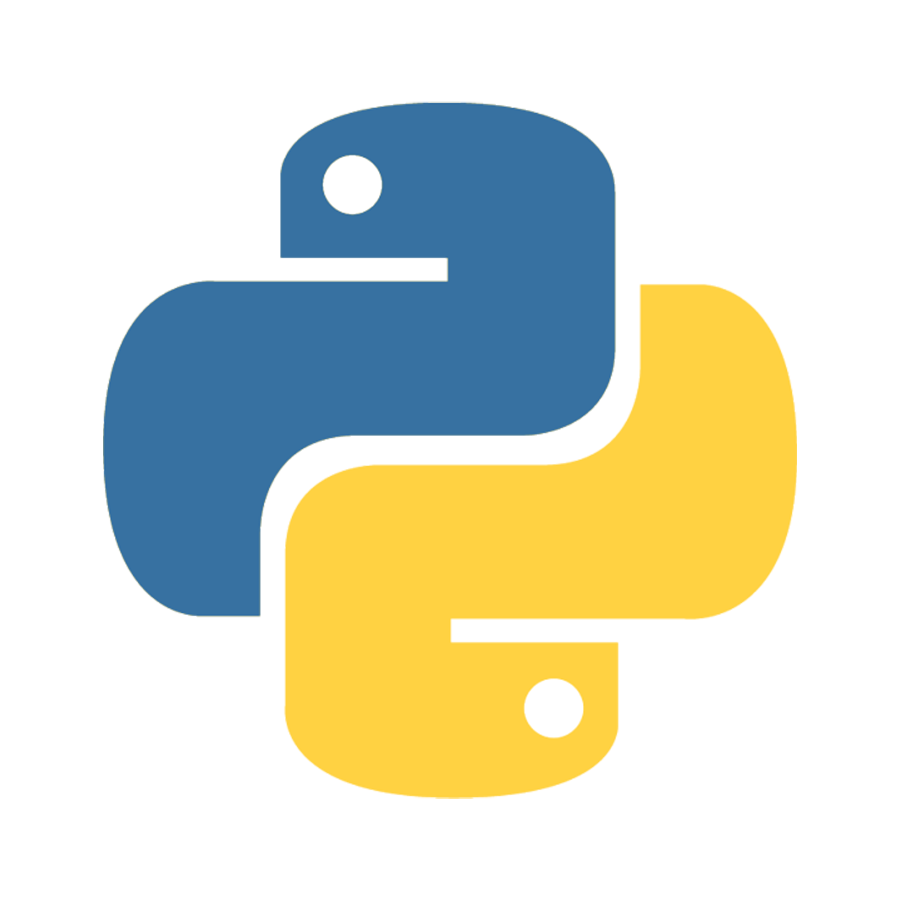
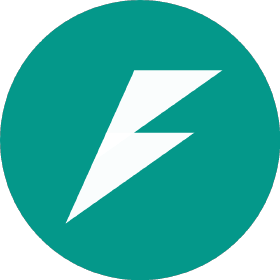
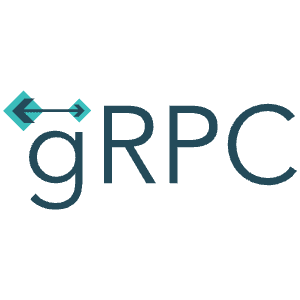

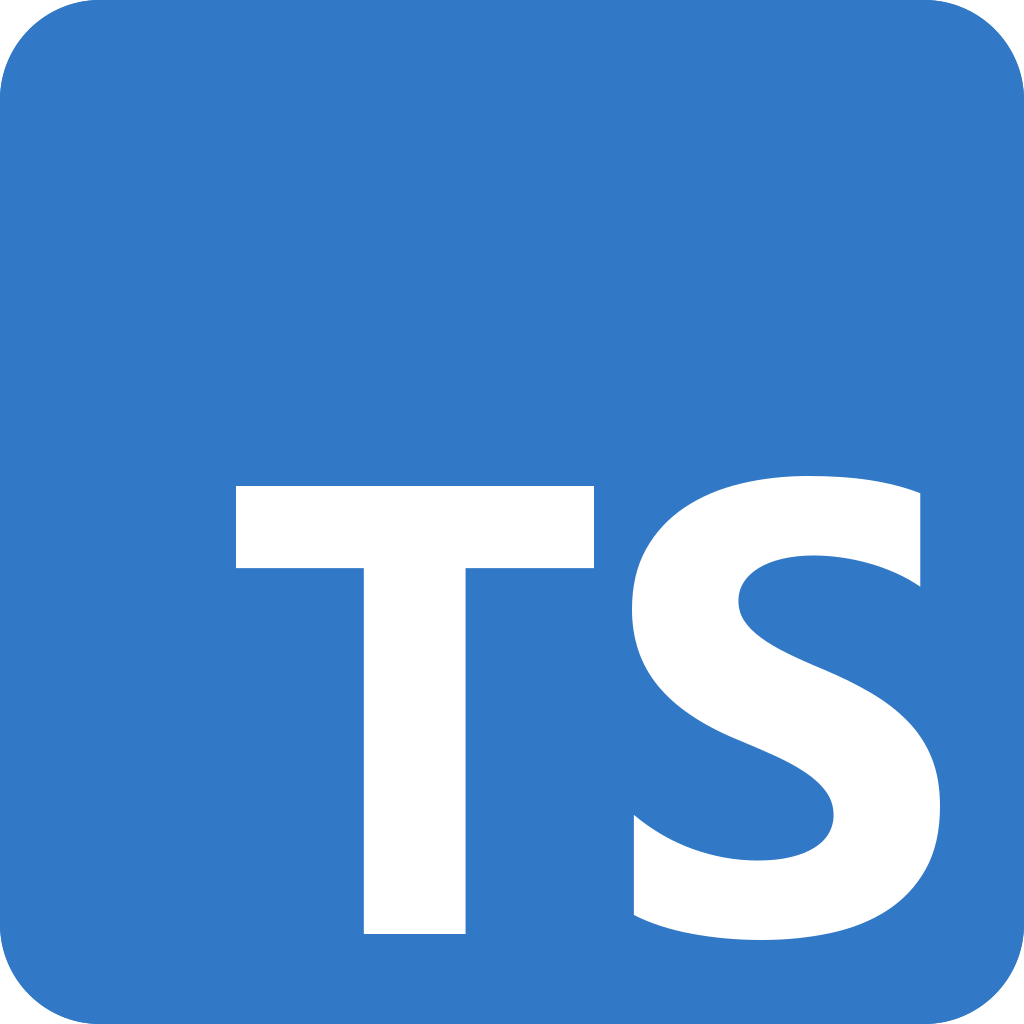
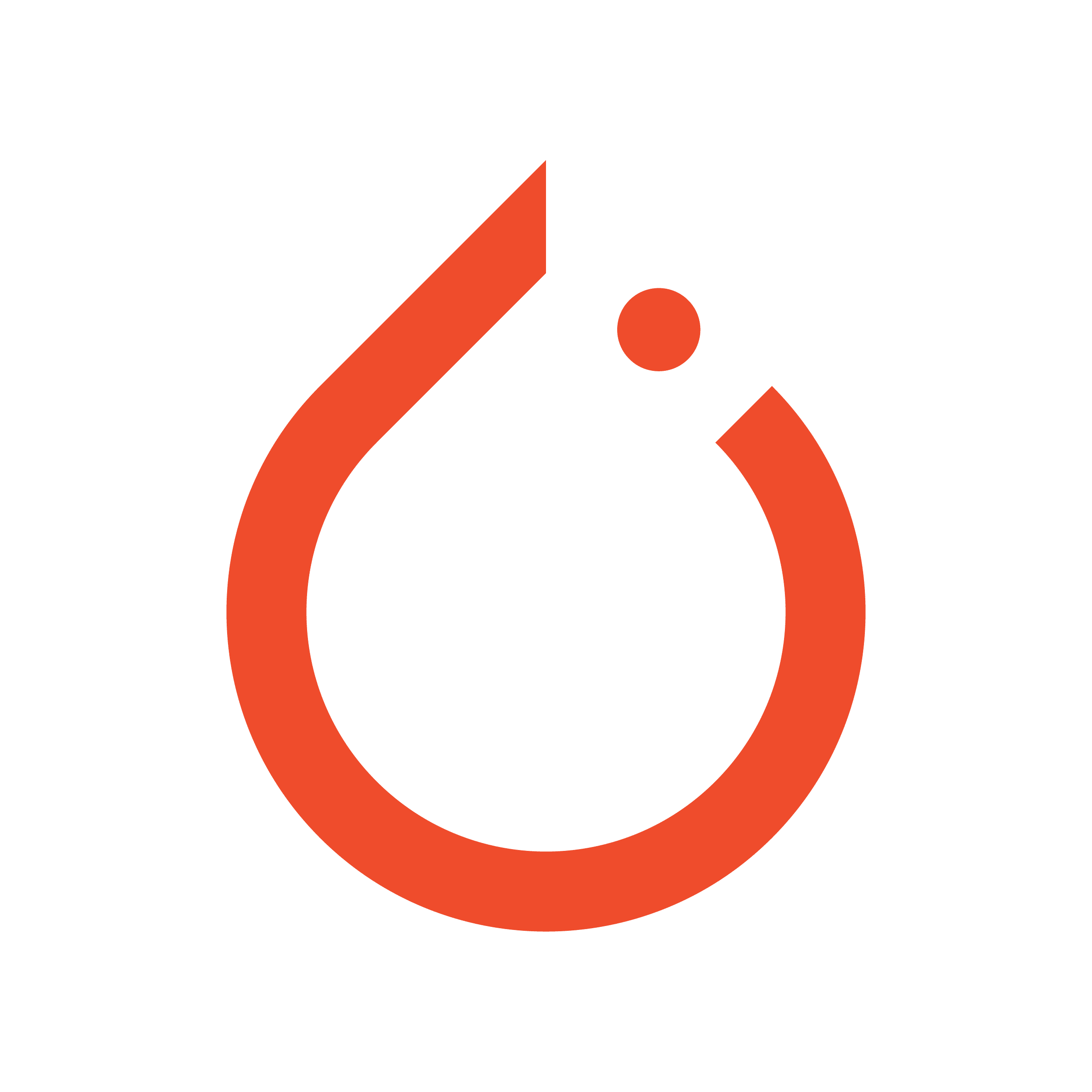
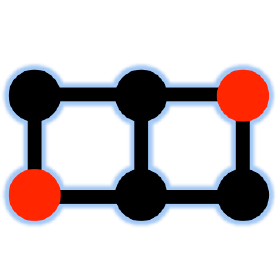
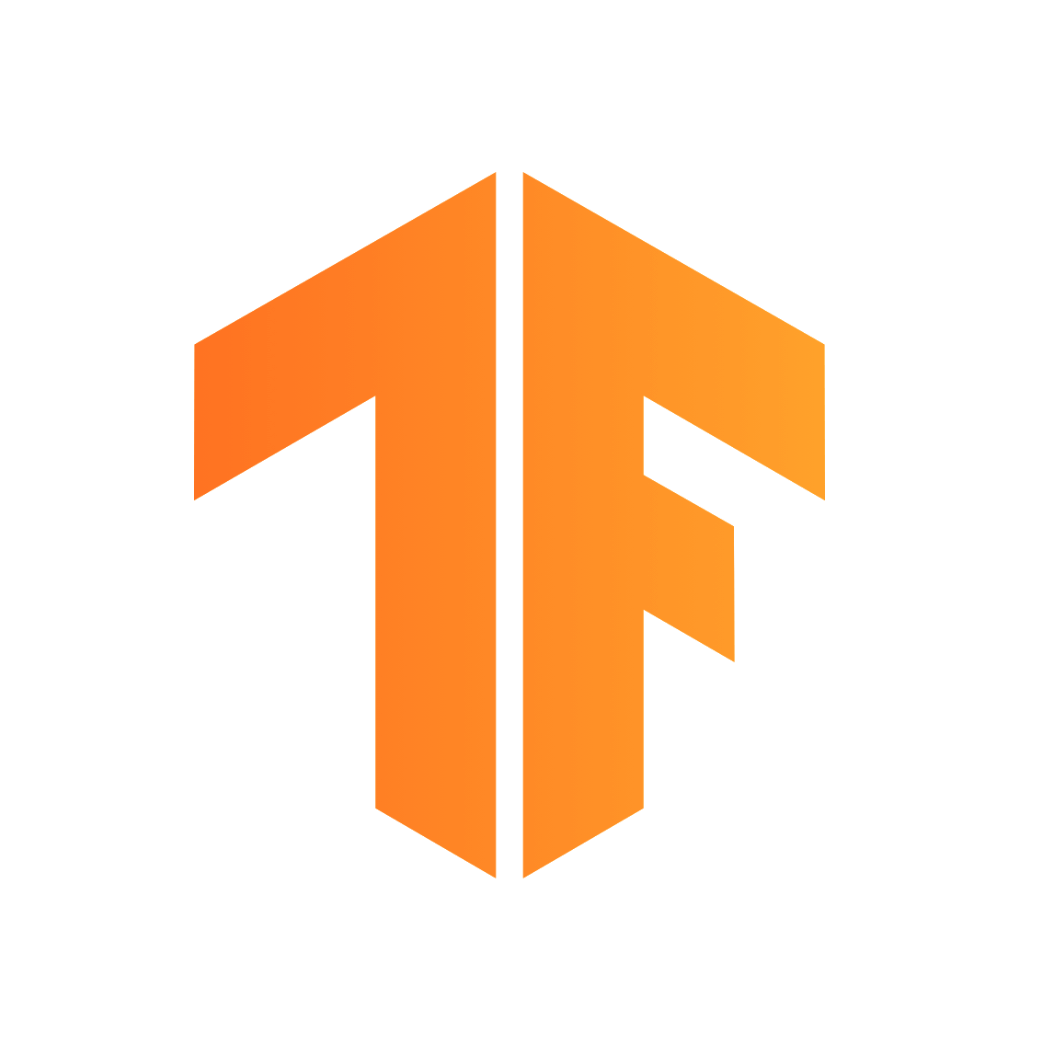
Project duration
Team Size




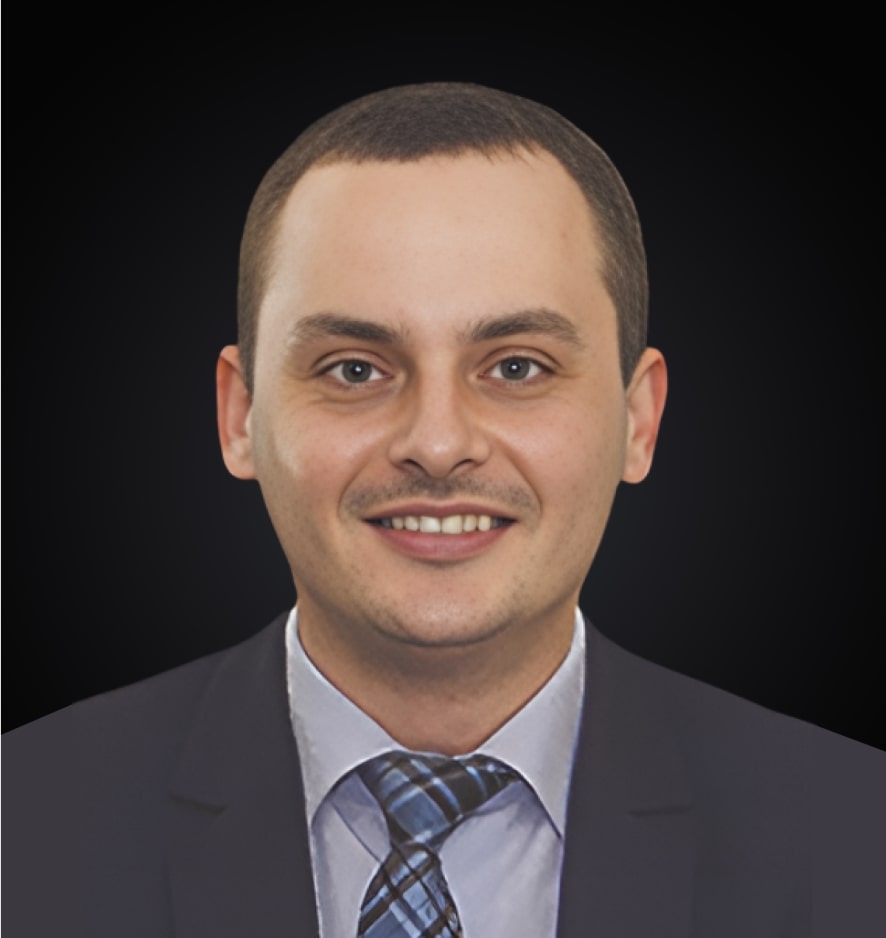

Delivering Impact
Beyond the values already highlighted, there’s even more to discover. Our commitment to innovation, client success, and impactful results sets us apart
Book a Meeting99%
Detection accuracyFor rust vs. non-rust surface classification, enabling precise corrosion identification across diverse surface types and environmental conditions.
88.9%
Linear IoUIn segmenting weld lines, coating boundaries, and structural edges—critical for assessing integrity in offshore assets.
100%
Visual coverageOf previously inaccessible or hazardous areas (e.g., underwater joints, pipe intersections) through autonomous drone integration.
60%
Reduced manual inspection costsBy eliminating the need for on-site personnel, scaffolding, and vessel-based access.
